At Open Farm, we’re on a mission to Do Some Good for Animals and the Planet, and this mission was one of the reasons we set a Science-Based Target in 2020 to reduce our carbon emissions by 42% by 2030. While we work on reducing our Scope 1 and 2 emissions, we have sought to make immediate impact along the way. We are investing in carbon projects that help us graze lightly that also have co-benefits beyond carbon emission reductions helping to us raise the bar in sustainability. This year, both projects we selected support the preservation of US forests and a range of other ecosystem co-benefits, like biodiversity, conservation, and community support.
Since 1990, an estimated 420 million hectares of forest have been lost due to deforestation globally. That’s 784 million American football fields or an area about the size of Libya. Forests provide so many ecosystem services for us, from shade on a hot day to preventing erosion and purifying the air we breathe. They also sequester tons of carbon, literally, and are home to so many diverse species. We are so excited to share our investments in forests with you this year.
Georgia Avoided Forest Conversion
Forests are a critical resource for humanity, as they support the water we drink, provide the clean air we breathe, and serve as a solid material for many of the products and structures we use every day. Although they are in high demand, forests are dwindling at an alarming rate due to residential development, agriculture land expansion, and population growth pressures. This project averts the conversion of over 7,350 acres of forestland to agriculture, an action that would completely diminish the area’s forest carbon stocks. The project’s use of sustainable forest management practices increases the amount of carbon that can be absorbed and stored. Avoided conversion projects like this one curtail GHG emissions to help combat climate change by avoiding the associated agricultural emissions.
In the project’s absence, surrounding water quality would be significantly reduced due to erosion, sedimentation, and pollutant drainage. If the land was converted for commercial agriculture use, fertilizer runoff would infiltrate the waterways and soil function would be degraded. The conservation of forest quality and structure maintains necessary habitats for healthy populations of key species that inhabit the area, such as whitetail deer, wild turkey, bobwhite quail, and songbirds. The project preserves and further enhances the existing biodiversity of many species of flora and fauna in the forest. By maintaining forest cover and adhering to sustainable forestry practices, the project protects the biological integrity of the local watershed, and the riparian habitat for both aquatic and terrestrial species inhabiting the area. The associated benefits of water resource protection also extend to local human populations who harvest fish for consumption from the local waters.

Blandin Native Hardwoods Conservation
This project supports sustainable forestry practices on 187,876 acres of native, mixed hardwood forests in Minnesota, an area close to several of our supply chain operations. UPM Blandin employs an innovative management technique centered around ecological principles that protect forest diversity and enhance forest resilience. In 2010, UPM Blandin signed a conservation agreement that promises the preservation of the forestland in perpetuity and guarantees that they will practice sustainable forestry.
Open Farm’s investment in this project ensures helps to ensure terrestrial and aquatic conservation through preserving roughly 60,000 acres of wetland, 33 miles of lake and pond shoreline, and 151 miles of streams, including 30 miles of trout streams. The preservation of the forest ensures the habitat protection of 47 bird species and 30+ mammal species including black bear, grey wolf, and moose.
Economically, the project has many benefits for the surrounding community as it provides high-value forest products and supports 17 Minnesota facilities which employ more than 3,000 working families in the area. Lastly, the project serves as a study site for local forestry students and provides a recreational site for surrounding communities (in 2017 2018 over 180,000 acres were made accessible for recreational use).
By supporting this project, we’re helping to regenerate forests, increase carbon sequestration, support diverse wildlife habitat, and provide forest access and resources to local communities.
Wind Renewable Energy Credits
We have also purchased Renewable Energy Credits (RECs) for 2021, supporting our Science-Based Target to reduce our emissions by 42% by 2030. Purchasing RECs has allowed us to completely eliminate our Scope 2 market-based emissions, or electricity-related emissions that Open Farm has control over and move us further towards achieving our reduction goals. We have purchased renewable energy to cover 100% of our manufacturing electricity (location-based emissions) for 2021.
We have chosen to support wind farm facilities that produce renewable energy in the MRO West (MROW) e-grid region in the northern central US. This was an important project for us because some of our key supply chain activities are located in this grid, and we our showing support for renewable energy in a region that is coal dominated. The MROWe-grid uses nearly double the coal than the average national grid so has higher emission rates. Through financially supporting wind generation in MROW, we are helping to balance out a coal-dominated energy economy with a renewable source.
Through our REC purchase, we are contributing towards a cleaner energy grid in the MROW region by supporting renewable energy production in this grid.
We recognize that our journey to achieve our goals and reduce our emissions will be constantly evolving. By supporting carbon offset projects and purchasing RECs, we are able to achieve immediate impact as we continue to work towards reducing our Scope 1 and 2 emissions.





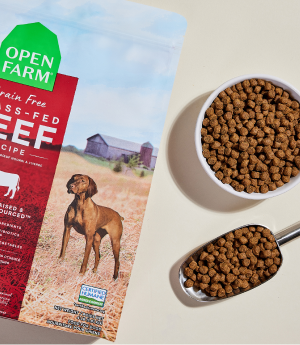
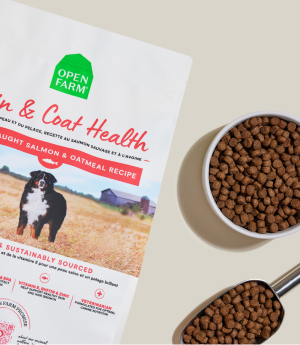
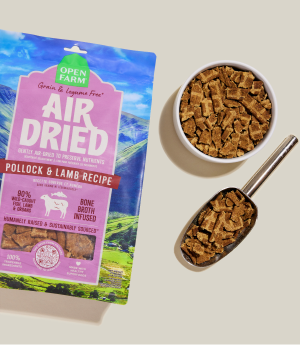
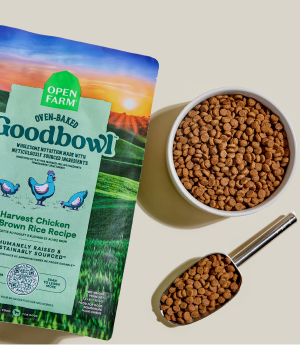





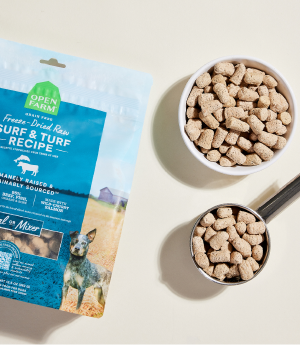

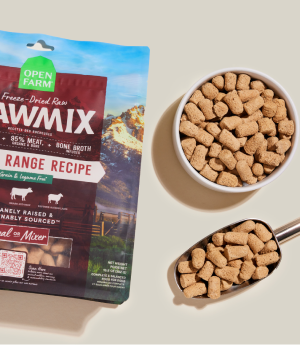




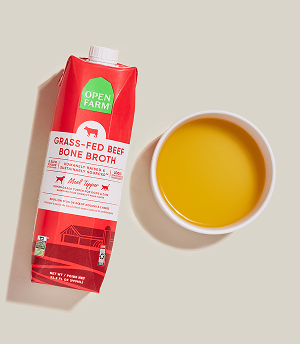















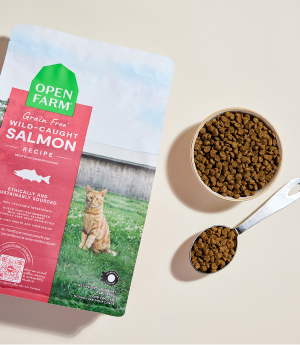





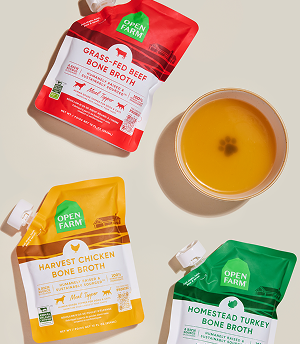
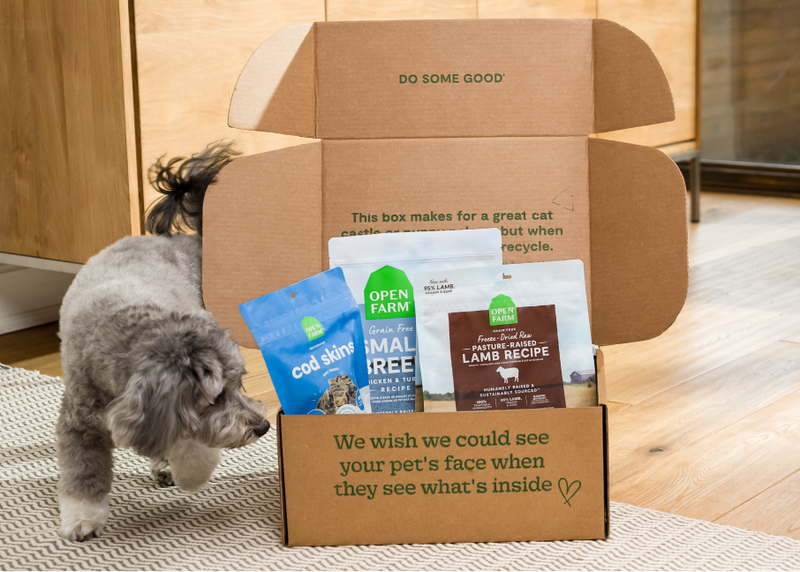
 Sign In
Sign In
 Create Account
Create Account




